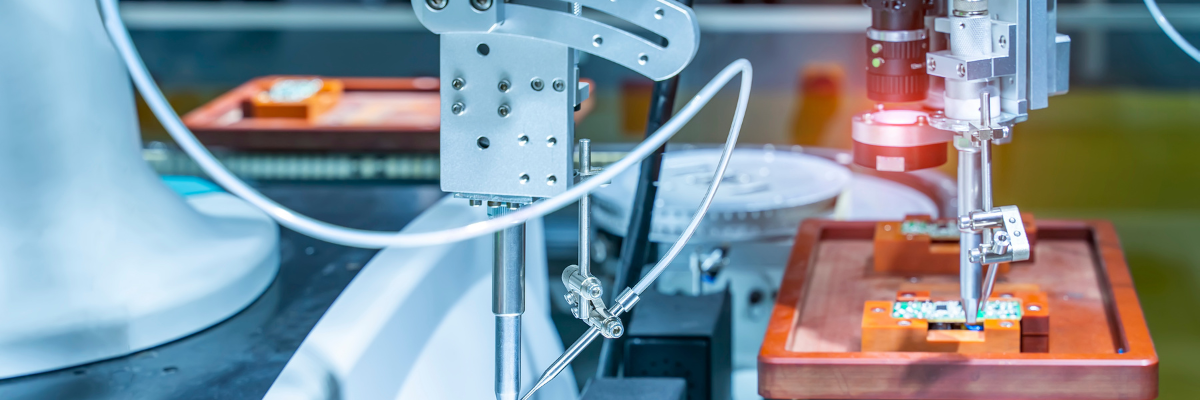With the demand for miniature, high-speed, and performance-driven electronic devices, the requirement for complex and conventional PCBs has risen. Being an integral part of most electronic devices, these boards have positively impacted the industry and continue contributing to technological advancements and automation in different segments. This demands adequate research, innovation, and continuous development. These enhancements and emerging trends should reflect the functionality of the application sector, including aerospace, defense, medicine, etc. PCB manufacturers and OEMs are embracing these trends to meet the challenging demands of applications in the coming years and beyond. Would you like to know what these trends are and how they drive the future of the industry? If yes, read this post till the end.
PCBA Trends to Emerge in 2024
There are several PCBA trends have evolved over the years. Material advancements and the integration of manufacturing technologies are some popular ones. The following are some emerging trends OEMs should look into.
- Cutting-edge Materials: Secure communication is essential for mission-critical applications, such as military and governmental communication systems. These applications demand high-frequency signals. The rise of 5G and high-speed transmission has increased the need for PCB cables for handling high-frequency signals. The industry is witnessing a positive transition towards materials with improved dielectric properties. Teflon and Rogers 4000 are gaining significant traction, improving signal integrity while reducing signal loss at the higher frequencies.
- Miniaturization and High-density Interconnects: With the demand for smaller, compact electronic devices, manufacturers focus on reducing the size of PCBs and components while enhancing the integration of high-density interconnects. This trend is driven by technological advancements, allowing the creation of complex yet space-efficient circuit boards without compromising quality and performance.
- Automation and Robotics: The trend of automation and robotics in PCBA makes a significant transition in the electronics industry. The need for enhanced manufacturing operations speed, precision, and efficiency drives this shift. Integration of automation and robotics streamlines manufacturing processes, allowing for increased flexibility and adaptability to changing production requirements.
- AI and Machine Learning: Integrating these two technologies help optimize various aspects of the PCB manufacturing process, from design and testing to quality control. These technologies enable intelligent decision-making, real-time monitoring, and predictive maintenance, enhancing overall efficiency and reducing production costs.
- IoT: This trend is witnessing massive expansion across various segments in 2023 and beyond. PCBA is one of them. IoT devices, such as sensors and connected machines, collect real-time data on multiple parameters, such as temperature, machine performance, humidity, and production efficiency. PCBs for these devices should be reliable and energy-efficient. Thus, manufacturers are looking for new technologies to fulfill challenging requirements.
- Cybersecurity: With the electronic industry adopting advanced manufacturing practices and embracing IoT devices, the vulnerability to cyber threats grows. Cybersecurity in circuit board manufacturing involves implementing protective measures for securing electronic systems and networks. This includes authentication methods, encryption protocols, and more.
- Testing and Inspection Technologies: As the manufacturers focus more on product quality, the testing and inspection segment has gained immense momentum. Automated optical inspection, functional testing, and X-ray inspection are already used. These techniques help identify defects, faults, and possible errors at every stage. This reduces the risk of product failure while improving its reliability.
Undoubtedly, PCB designing, manufacturing, and assembly can witness massive growth and innovations in 2024 and beyond. The industry utilizes advanced technologies and equipment to deliver unmatched electronic device performance, reliability, and efficiency. The future of PCB assemblies will look bigger and brighter with these trends. PCB manufacturer and OEMs should keep their eyes on the new opportunities in the coming years. Are you interested in implementing these trends in your systems? If yes, you must partner with an industry player like Rigiflex Technology. With vast years of experience and a strong market presence, the company offers PCB design and manufacturing that adhere to industry standards. Contact us to know more about their services.

